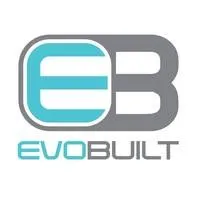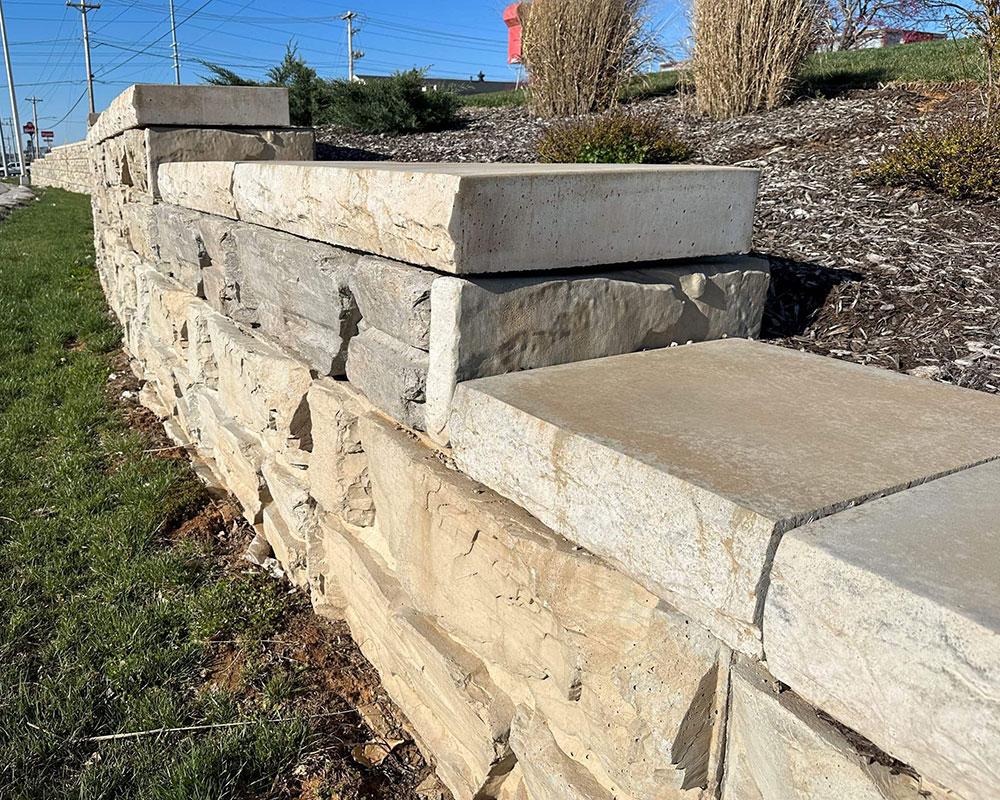
Serving Utah Counties: Salt Lake, Davis, Utah, and Summit
Retaining Walls near Salt Lake County, Utah
EvoBuilt Construction LLC is Committed to superior quality and results!

AVOID COSTLY MISTAKES:
Do NOT hire an excavating contractor without first reading our free guide:
The ULTIMATE Excavation & Septic "Success Guide."

Retaining Walls near Salt Lake County: What This Page Covers
Retaining walls do the heavy lifting on Utah’s sloped lots. They hold back soil, tame runoff, and create level, usable areas for patios, gardens, and safe parking. Suppose you’re exploring Retaining Walls near Salt Lake County. In that case, this guide walks through benefits, material choices, local code basics, budgeting factors, and the exact steps to hire the right team—so your project finishes on time, on budget, and built to last.
How Can We Help?


Why Retaining Walls near Salt Lake County Add Real Value
A well-designed wall stabilizes slopes during snowmelt and summer cloudbursts, reducing erosion and protecting driveways, walks, and foundations. It can also reshape awkward gradients into terraces or steps that add curb appeal and safe access. When design and drainage are handled properly, you get a cleaner yard, drier soil, and outdoor spaces that actually get used.
Benefits of Hiring a Retaining Walls near Salt Lake County Specialist
Local specialists understand clay lenses, rocky cuts, and freeze-thaw cycles unique to the Wasatch Front. They size the crushed-rock base, specify geogrid where height or loads require it, and design drainage using perforated pipe, washed stone, and filter fabric so water never builds behind the wall. They also coordinate utility locates, permits, HOA approvals, and inspections. The payoff is predictable sequencing, accurate quantities, code compliance, and a level-first course that controls alignment, batter, and long-term performance.
Material Options for Retaining Walls near Salt Lake County, Utah
Segmental concrete block: modular, durable, and ideal for curves, corners, and steps; scales safely with geogrid reinforcement as heights increase.
Natural stone: timeless and regional, blending with canyon textures; best for low to mid-height terraces with thoughtful drainage.
Poured concrete: high strength and crisp lines; benefits from waterproofing, control joints, and weep paths to relieve pressure.
Timber: budget-friendly for small walls; shorter lifespan in freeze-thaw conditions and near overspray irrigation.
Design Priorities for Utah Sites
Every reliable wall starts with excavation to competent native soil and a compacted crushed-rock base. The first course must be perfectly level to guide the entire build. Drainage is non-negotiable: pipe to daylight, washed rock backfill, and fabric to keep fines out. Taller walls use a layered geogrid to form a reinforced soil mass that resists lateral pressure. Surface water should be captured with swales or strip drains so it never enters the backfill zone. Caps should shed water and adhere cleanly to resist uplift and wandering.
Costs and Pricing Drivers
Price is shaped by height, length, curves, access for equipment, export or import of soils, and rock excavation. Taller walls often require engineered drawings and additional geogrid layers. Tight urban sites can shift work toward hand labor, increasing hours. When comparing bids for Retaining Walls near Salt Lake County, ask for itemized scopes listing base thickness, drain components, geogrid elevations and lengths, and compaction targets. Clear scopes make apples-to-apples comparisons possible and protect you from “low” numbers that skip essentials.
See Our Excavation & Septic Services

✔️ Septic Services
✔️ Sewer Repairs
✔️ French Drains
✔️ Commercial Excavation
✔️ Residential Excavation
✔️ Swimming Pool Excavation
✔️ Basement Excavation
✔️ Demolition - smaller sheds, barns, , mobile homes, single family homes
✔️ Dozer Work
✔️ Grading, Lot Clearing
✔️ Concrete flatwork - Driveways, sidewalk, foundations
✔️ Trenching
Quality Services Launched FAST!

✔️ Traditional System Installations
✔️ Aerobic Systems
✔️ Plastic/Poly and Concrete Septic Tanks
✔️ Wood Framing
✔️ Finish Carpentry
✔️ Septic installs traditional systems
✔️ French Drains
✔️ Retaining walls
✔️ Full site preparation
✔️ Utilities Trenching
What Are You Waiting For?
The Process for Hiring a Retaining Wall near Salt Lake County Team
Discovery: share photos, rough measurements, and goals—stability, space, or style.
Site visit: review soils, slopes, utilities, access, tree roots, and water paths.
Concept & budget: compare a single wall versus terraced tiers with transparent ranges.
Detailed design: Finalize height, length, step locations, geogrid schedule, pipe routing, and finishes; add engineering where required by code.
Permits & scheduling: submit applications, order materials, and lock a start date.
Build: excavation, base prep, first course set, drainage placed, geogrid installed, backfill compacted in lifts, face stacked true, and caps secured.
Walkthrough: confirm outlets, grade transitions, cleanup, and maintenance tips before sign-off.
Permits, Codes, and Climate Factors
Many municipalities require permits above certain heights, near property lines, or where loads such as parking, hot tubs, or fences are supported. Frost depth informs base depth, and Utah’s snowmelt plus cloudbursts demand generous drainage paths that daylight safely. A local pro sequences inspections, respects setbacks and easements, and plans safe work around gas, water, sewer, power, and fiber. On hillside streets, erosion control, street sweeping, and thoughtful staging keep neighbors and inspectors happy.
Quality Checks During Construction
Expect compaction documented in lifts to prevent future settlement. Level and alignment are checked every course with string lines or lasers. Drain outlets should daylight without causing new erosion. Geogrid lengths and elevations match the design, and corners, step-downs, and curves are tied cleanly. Caps are adhered with consistent overhangs. A tidy site, protected landscaping, and daily cleanup signal discipline that shows up in the finished wall.
Maintenance to Protect Performance
Great walls are low maintenance, not maintenance-free. Keep outlets clear, redirect sprinklers away from the backfill zone, and sweep debris off caps. After heavy storms or spring thaw, look for staining, small sinkholes, or a slight lean that hints at water movement. Trim roots pressing on joints, and call a specialist early if you notice changes—small fixes cost less than large rebuilds.
Access, Logistics, and Neighbor Coordination
Successful jobs begin with a simple logistics plan. Experienced crews map equipment paths, staging, and haul routes before digging. On narrow streets or tight lots, compact machines and phased deliveries reduce disruption. In areas with limited access, mats protect turf and minimize rutting. Clear work hours, dust control, and a posted contact number preserve good rapport with nearby homes and HOAs while keeping the schedule on track.
Prep Checklist to Start Your Project
Write a one-sentence goal for the wall so design decisions stay focused. Measure approximate length and elevation change. Note how water travels during rain or snowmelt. List constraints such as gardens, play areas, sheds, or parking. Gather inspiration photos showing textures and colors you prefer. Flag property lines, review HOA rules, and share a recent survey if available. With clear goals and a capable local team, Retaining Walls near Salt Lake County, Utah became a confident, step-by-step upgrade that transforms challenging slopes into stable, attractive, and durable outdoor spaces.
Hours: Mon-Sat 7AM-7PM
Extended hours by appointment only.
Address: 14484 S EDGEMERE DR, herriman, UT, 84096
All rights reserved | Client Support Area